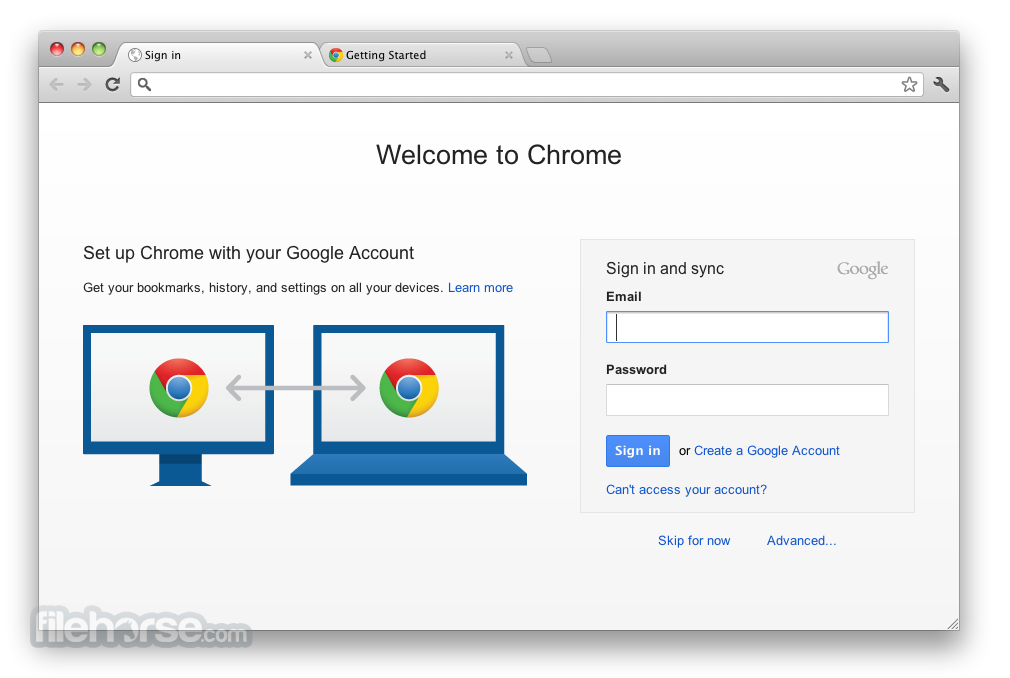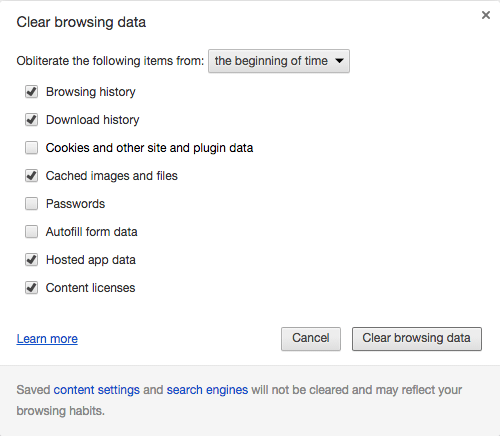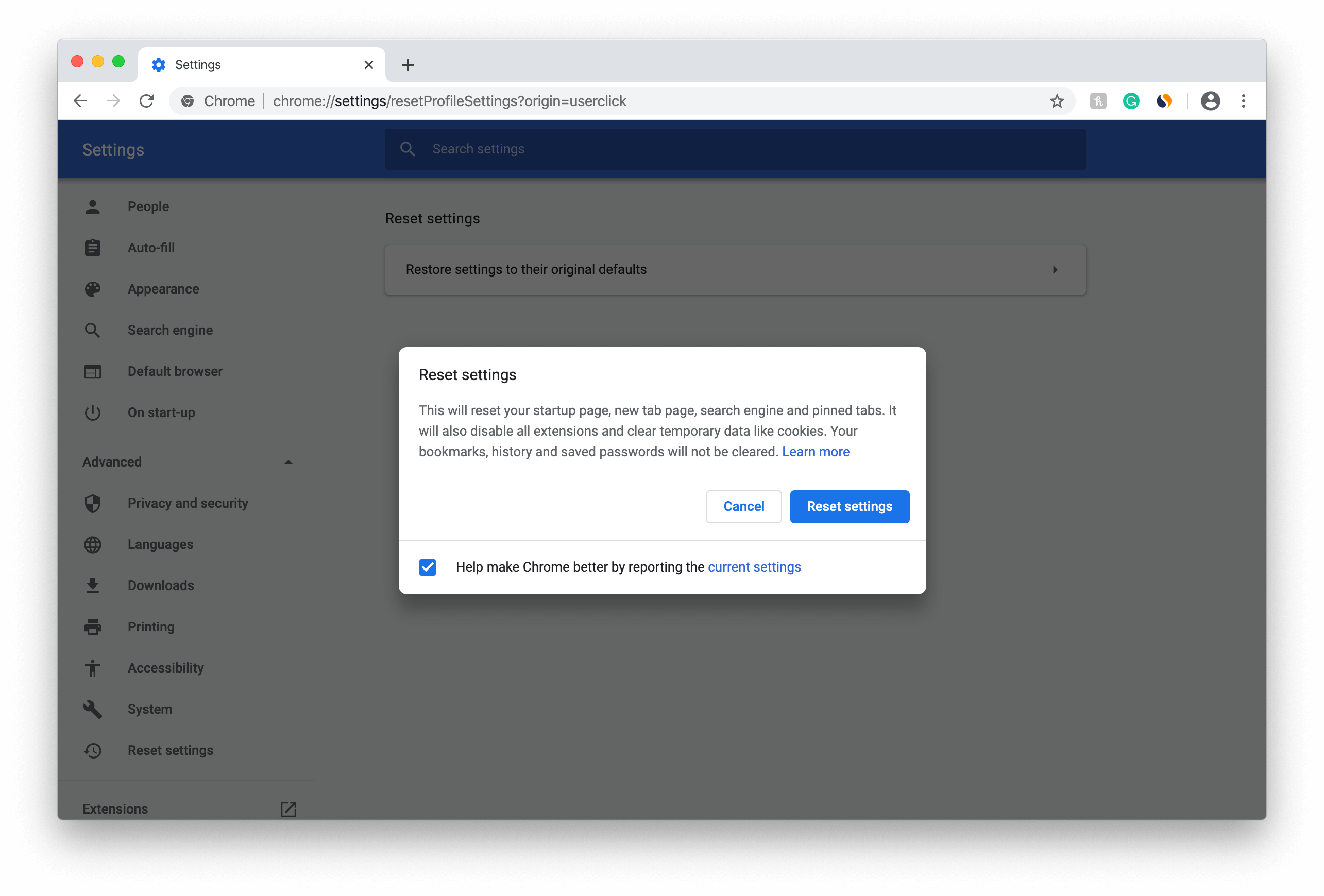

You can press Command + Space shortcut to launch Spotlight, type terminal in the search bar, and hit enter to start the app. If the policy value is 0, that means the policy is inactive, but the provision to activate it exists. On my Mac, Chrome had ‘IncognitoModeAvailability’ policy listed with a policy value of 1 - that means it is active. Step 2: Check if there are any policies listed under the Chrome Policies heading. Step 1: Launch Chrome and type chrome://policy in the address bar. You should follow the steps below to remove any such policies from your Mac. Tip: Check our guide on how to launch Chrome in Incognito mode always.

If Malwarebytes managed to remove or failed to show any fruitful results, then you should fix Chrome policies next. Also, third-party software may have quietly installed a policy to track your online activities. That policy could be as harmless as the disabling Incognito mode in Chrome on Mac and Windows.

If it is your Mac is provided/owned by your organization, the IT admin may be using a few policies to manage Chrome settings for all employees. If no adware or malware is infecting your system, then you should check the next solution. If there are any, you can put them in quarantine or delete all of them. Upon completing the scan, the app will show whether your Mac has any malware. Make sure you quit all other apps and services while running the Malwarebytes Scan. We recommend using the Malwarebytes app to scan Chrome and the rest of your Mac for any malware, malware, adware, or malicious apps. That’s purely sticking to basics and ensuring that there is no other software or adware causing trouble. The first course of action is to inspect whether malware or adware has infected your Mac. Thankfully, there are a few solutions to get rid of that irksome message entirely.


 0 kommentar(er)
0 kommentar(er)
